THE UK government plans to introduce new criminal charges against those who create and share sexually explicit deepfake images, aiming to strengthen protections for women and girls, a minister said on Tuesday.
The proposed measures will also make it a criminal offence to take intimate images without consent or install equipment to facilitate such actions. Perpetrators could face up to two years in prison under the new provisions, according to the Ministry of Justice.
Currently, sharing or threatening to share intimate images, including deepfakes, is an offence in the UK. However, the creation of such images is only illegal in specific cases, such as upskirting.
Victims minister Alex Davies-Jones said the government is addressing "gaps" in the law to provide stronger protections. "We're making it more robust to protect women and girls," she told Sky News. She highlighted that one in three women in the UK have been victims of intimate images being made or shared as part of so-called "revenge porn" attacks.
"It's awful. It's horrific. It really, really makes women vulnerable, intimidates them, and these perpetrators of these crimes deserve to feel the full force of the law," she said.
The justice ministry noted that hyper-realistic deepfakes have been proliferating at an "alarming rate," causing significant harm to victims. Deepfakes are AI-generated or edited images that feature real people, often used without consent.
Experts have warned that the rapid increase in non-consensual deepfakes, driven by cheap AI tools, including apps capable of digitally undressing women, is outpacing regulatory efforts.
A Channel 4 investigation last year revealed that deputy prime minister Angela Rayner was among more than 30 British female politicians targeted by a deepfake porn website.
Jess Davies, a campaigner, welcomed the proposed changes, stating that "intimate-image abuse is a national emergency that is causing significant, long-lasting harm."
The new offences are set to be part of the forthcoming Crime and Policing Bill, which will be introduced "when parliamentary time allows," according to the justice ministry.
The End Violence Against Women Coalition (EVAW) has urged the government to expedite the legislation. "We are yet to see a timeline for the offence or any details about the new law, which will be crucial to how effective it is," said Rebecca Hitchen, EVAW's head of policy and campaigns.
"The government must make good on its commitments to survivors -- delaying action will only put women and girls in harm's way."
(With inputs from AFP)


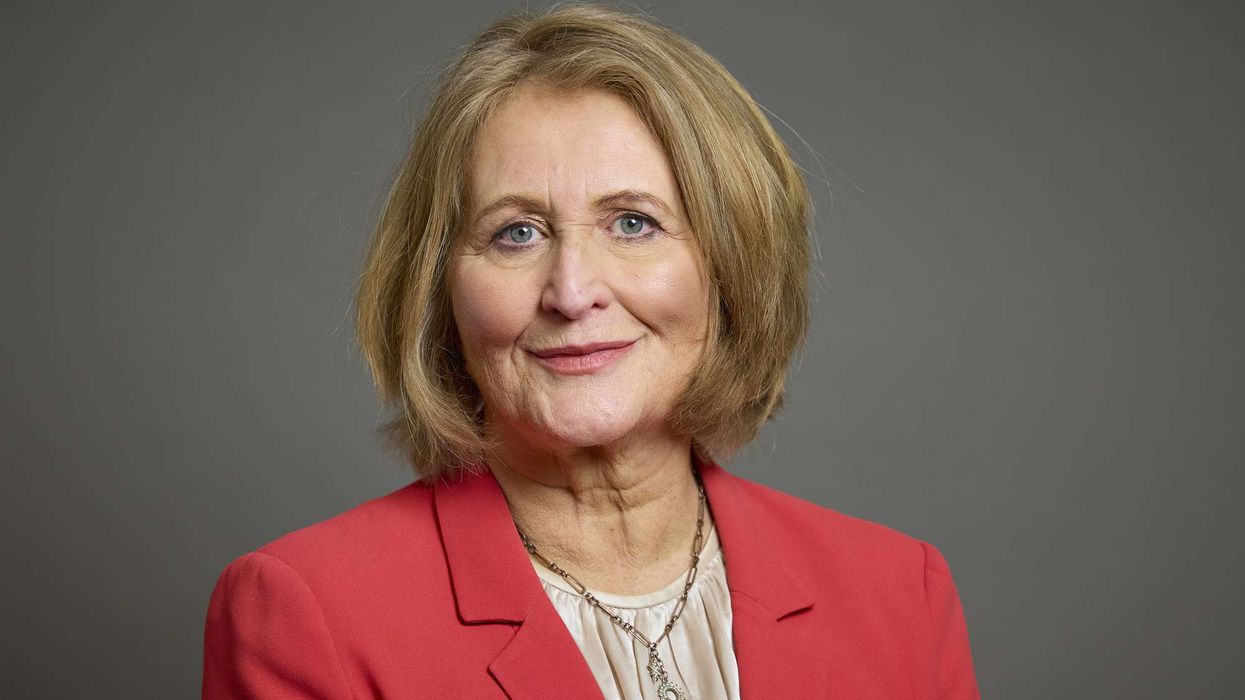
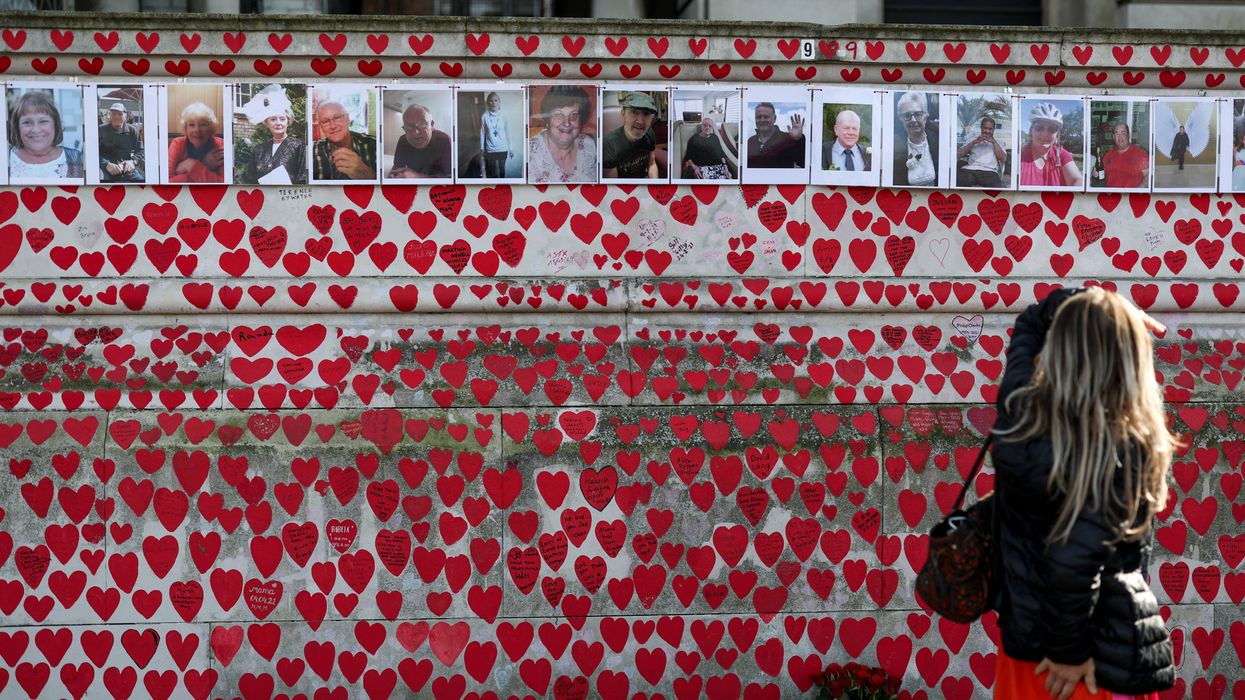
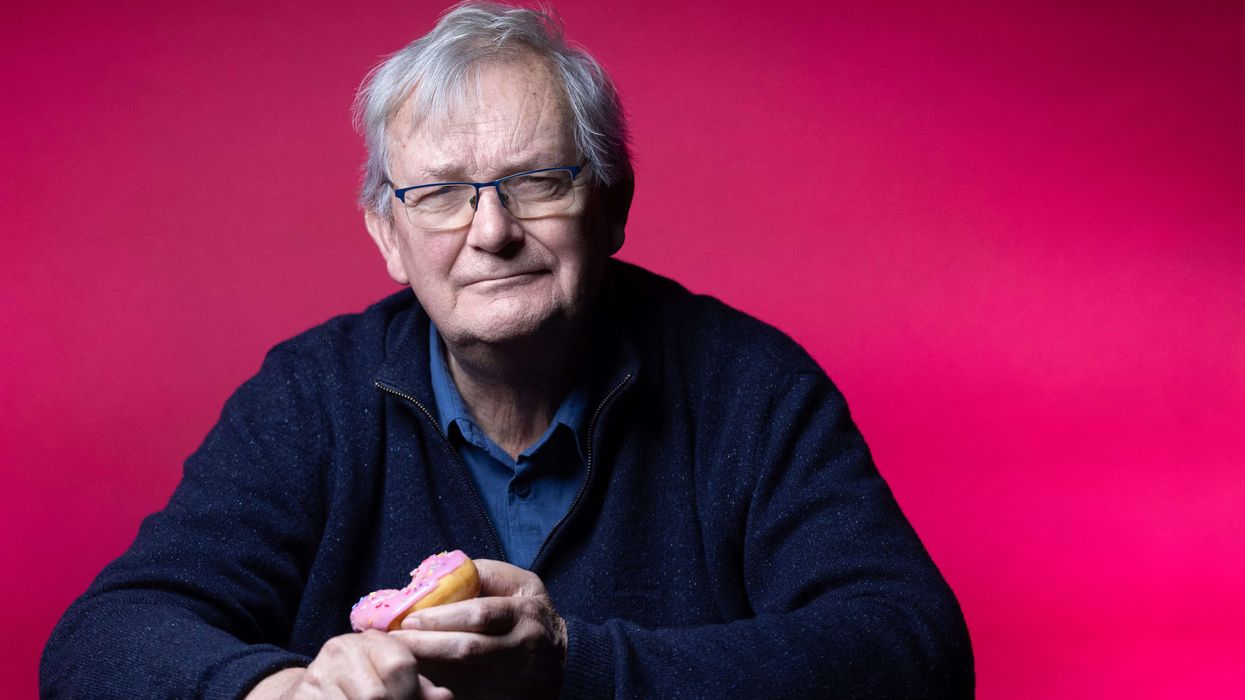

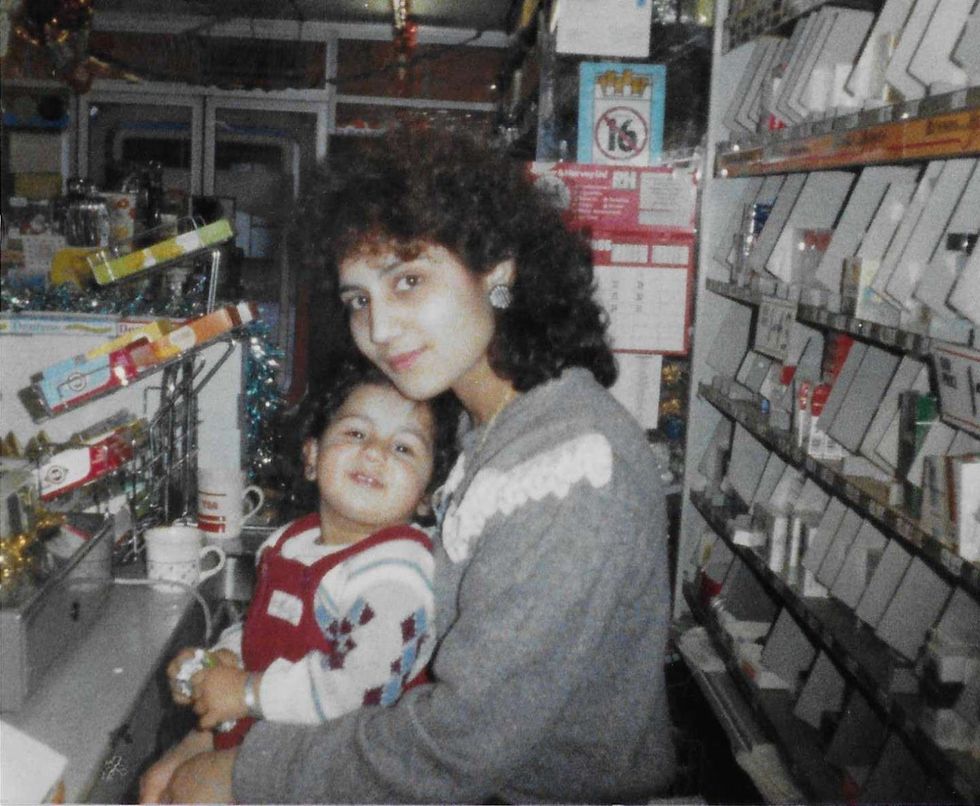 An old photograph of Jas with a young Maleena.
An old photograph of Jas with a young Maleena.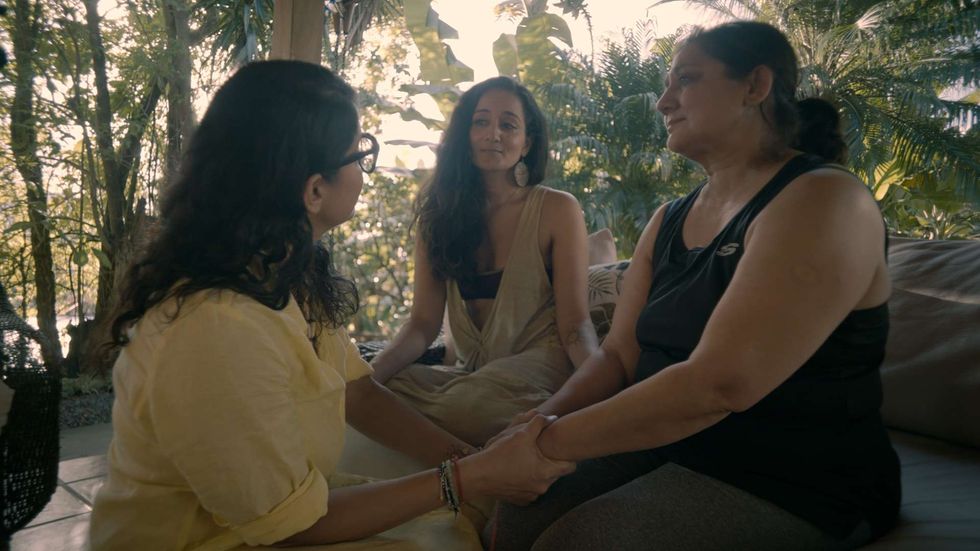 Both in south America during the ayahuasca treatment.
Both in south America during the ayahuasca treatment.





